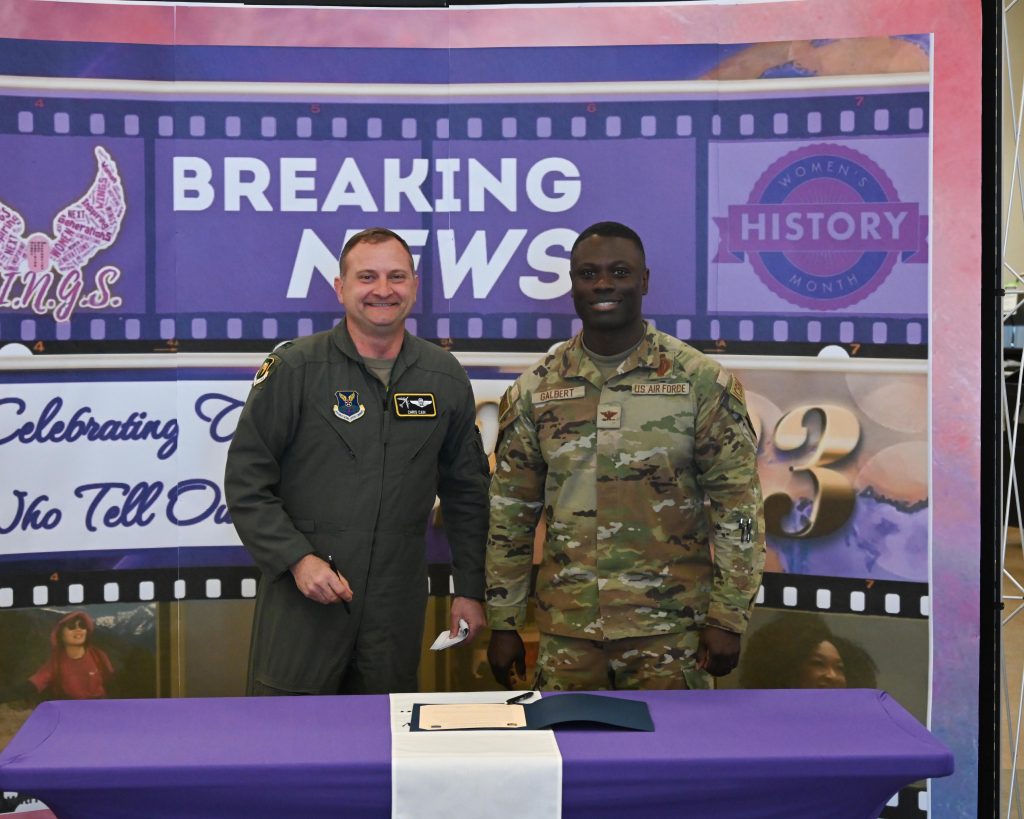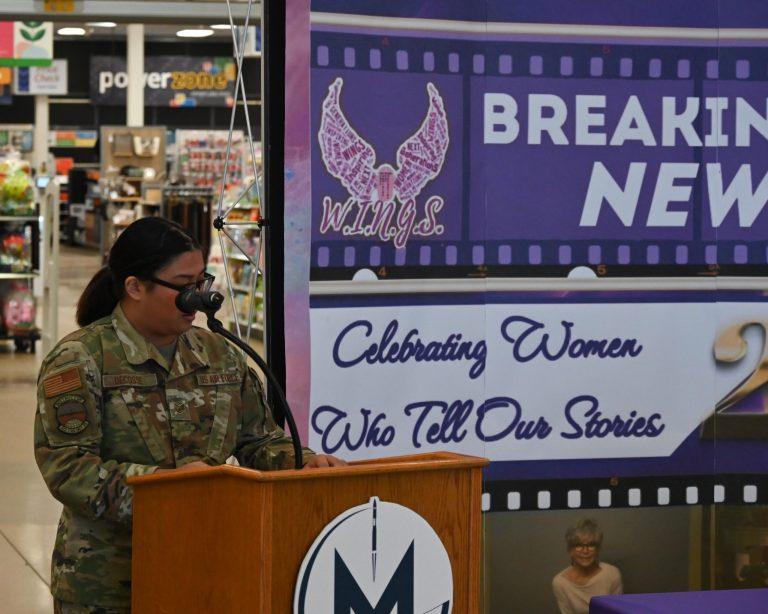For 36 years, Women’s History Month has commemorated women. March has shined a light on women’s contributions in both history and society while also ushering a new type of feminist awareness. This history month represents more than women today, but also women of the past and those yet to come who have or plan to make a difference in the world. This month celebrates them.
While the month covers women from all walks of life, the base gives a special nod to the female military members specifically during this month. In today’s gender equality armed forces, it is sometimes easy to forget that women have not always been allowed to serve their country in this capacity. However, digging through history will produce story after story of women who un-officially fought for their countries. There are those who disguised themselves as men to sneak into battle, and there are those who selflessly rushed into dangerous situations to nurse injured soldiers. Women have always been around the military, but it wasn’t until WW1 and the turn of the century when women began to be more than a background in the military.
In 1901, the U.S. Army Nurse Corps (ANC) was formally established allowing women to serve in the military as nurses. By the time WW2 rolled around, becoming an Army nurse was a popular way for women to serve. Additionally, when the U.S. military found themselves in need of the jobs filled by the Military back home, they allowed women to officially join the Armed Forces, in non-combat roles. According to the United Service Organizations (USO), “In total, nearly 350,000 American women served in uniform during World War II.” By 1948, President Truman signed the Women’s Armed Services Integration Act into law which officially allowed women to serve in all branches of the Armed Services.
During the Vietnam War, approximately 11,000 women served overseas as Army nurses. Many volunteered to go. “In 1967, President Lyndon B. Johnson opened promotions for women to general and flag ranks and in 1972, women were allowed to command units that included men.” Additionally, just one year later, pregnant women were finally allowed to remain in the military. The Gulf Wars in the early 1990’s led to 40,000 women deployed to combat zones, even though they still were not allowed to fight in combat, but they could engage as flyers or advisors.
In 2015, the ban for women in combat was finally lifted., “This historic change opened up hundreds of thousands of jobs for women in the military and essentially ensured that as long as female service members completed the necessary training and requirements, they could now serve in almost any role in the U.S. Armed Forces.”
Why the truncated history lesson about women in the military? Because that is what Women’s History Month is all about. It is about celebrating women famous or unknown and learning about their contributions. This is exactly the concept of the organization, Women Inspiring the Next Generation (WINGS), does all year long, but especially in the month of March. Staff Sgt. Jan Mariel Decosse, vice president of the MAFB WINGS chapter, explained how this organization helps advocate and inspire female military leaders and Airmen. She mentioned that in the Armed Forces there is a notably small number of noncommissioned officer and officer women, so she and others like her work hard to help women in the Armed forces understand their role and importance.
To celebrate the official launch of the month, on Monday, March 6, Decosse and the WINGS organization hosted the kick-off event for Women’s History Month at the MAFB Exchange. The event featured the traditional signing of the proclamation of the month from both vice wing commanders, Col. Christopher Cain and Col. Johnny Galbert, and the decor contained posters displaying prominent and lesser-known women of influence throughout history. This opening event was just the beginning of a month-long series of events run by WINGS to promote the importance of the month and the women who have served.
Interested in learning more about women’s history in the Armed Forces? Check out this article from the USO, https://www.uso.org/stories/3005-over-200-years-of-service-the-history-of-women-in-the-us-military.

U.S. Air Force Photo l Senior Airman Caleb Kimmell












